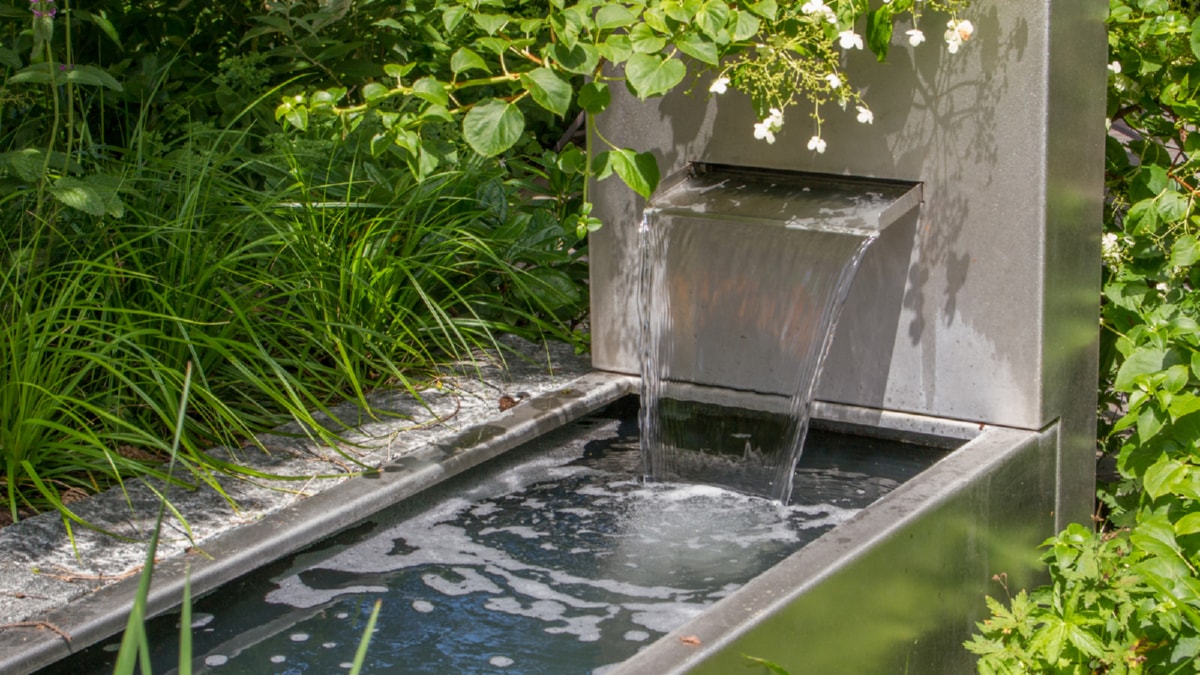The construction industry has always been a cornerstone of human civilization. But as concerns about climate change and sustainability escalate, the industry is evolving. In 2022, a new wave of sustainable construction trends is set to redefine how we build, transforming our cities and societies in the process.
One of the most exciting developments in sustainable construction is the increasing use of renewable materials. Traditional construction materials like concrete and steel are resource-intensive and have a significant carbon footprint. In contrast, renewable materials such as bamboo, hemp, and timber are sustainable and have a much lower environmental impact. Companies are now integrating these materials into their construction projects, creating buildings that are not just eco-friendly, but also uniquely beautiful and functional.
Technology is also playing a crucial role in the future of sustainable construction. Building Information Modelling (BIM) technology allows architects, engineers, and builders to create detailed 3D models of a building before construction begins. This technology helps to optimize the use of materials, reduce waste, and improve energy efficiency. Combined with other advanced technologies like 3D printing and robotics, BIM is revolutionizing sustainable construction.
Another key trend is the rise of energy-efficient buildings. From solar panels to high-performance insulation, construction companies are incorporating a wide range of technologies to reduce a building’s energy consumption. Net-zero energy buildings, which generate as much energy as they consume, are becoming increasingly common. These buildings not only lower greenhouse gas emissions but also significantly reduce energy costs for occupants.
Water efficiency is also a significant focus for the industry. Rainwater harvesting systems, greywater recycling, and high-efficiency plumbing fixtures are just some of the ways construction companies are addressing water conservation. These systems not only conserve a precious resource but also save money for building owners and occupants.
Sustainable construction is not just about the environment; it’s also about people. The concept of ‘healthy buildings’ is gaining traction, with construction companies increasingly focusing on creating spaces that enhance the wellbeing of occupants. This means using non-toxic materials, maximizing natural light, improving air quality, and incorporating green spaces into building design.
Lastly, the construction sector is looking at ways to reduce waste and promote a circular economy. This involves designing buildings for deconstruction so that materials can be easily reused or recycled at the end of a building’s life. This approach not only reduces waste but also conserves resources and saves money.
In conclusion, the future of sustainable construction is exciting and holds great potential. The trends we see emerging in 2022 are just the tip of the iceberg. As the industry continues to innovate, we can expect to see even more creative and effective solutions to the sustainability challenges we face. The future is bright for sustainable construction, and we can all look forward to living and working in buildings that are not just beautiful and functional, but also kind to our planet and our health.
For more details, check best masonry services or visit their business listing here.



